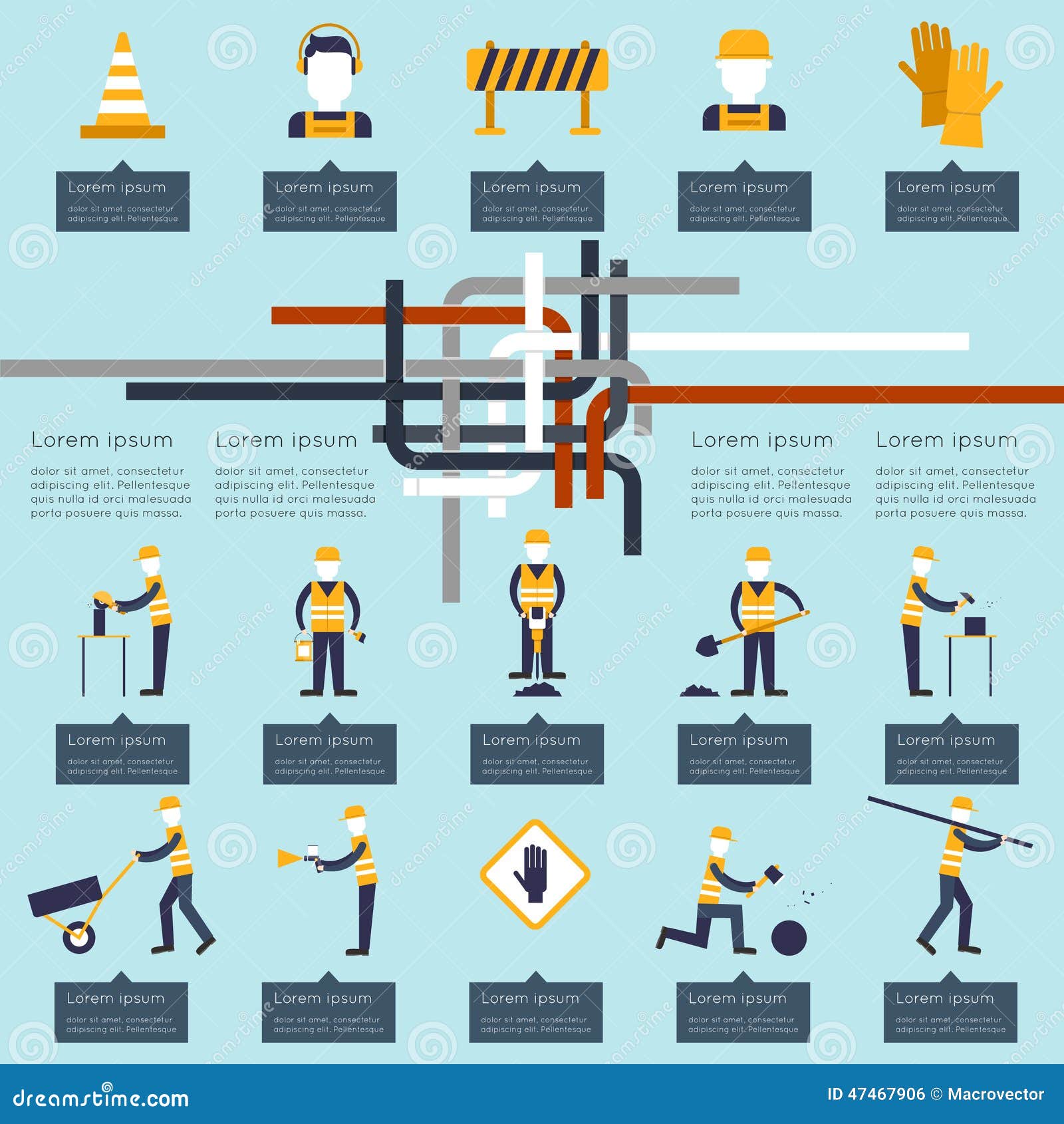Crucial Seasonal Aspects Of Commercial Exterior Painting: What You Ought To Understand
Crucial Seasonal Aspects Of Commercial Exterior Painting: What You Ought To Understand
Blog Article
Content Composed By-Doherty Urquhart
When you're planning a business external painting task, seasonal factors can make or damage your outcomes. You'll want to consider how temperature and moisture influence paint application and drying out times. Choosing view it can guarantee your paint adheres properly and lasts longer. But which periods are really the most effective for this sort of job? Allow's explore the key elements that can affect your task's success.
The Influence of Temperature Level on Paint Application
When you're intending a business external paint project, the temperature level can considerably affect just how well the paint adheres and dries.
Ideally, you wish to repaint when temperature levels vary between 50 ° F and 85 ° F. If it's too chilly, the paint may not heal appropriately, leading to issues like peeling off or cracking.
On the other side, if it's as well hot, the paint can dry out as well quickly, avoiding correct bond and leading to an irregular finish.
You should additionally take into consideration the time of day; early morning or late afternoon supplies cooler temperatures, which can be much more beneficial.
Constantly inspect the producer's recommendations for the details paint you're utilizing, as they usually supply guidance on the suitable temperature range for optimum results.
Humidity and Its Effect on Drying Times
Temperature isn't the only ecological element that influences your commercial outside paint project; humidity plays a substantial function also. High moisture degrees can reduce drying times dramatically, influencing the total quality of your paint work.
When the air is filled with moisture, the paint takes longer to heal, which can bring about problems like poor adhesion and a higher risk of mildew growth. If you're painting on a specifically humid day, be gotten ready for extended wait times between layers.
It's critical to keep an eye on local weather and plan as necessary. Preferably, aim for moisture levels in between 40% and 70% for ideal drying.
Keeping these consider mind guarantees your project stays on track and delivers an enduring surface.
Best Seasons for Commercial Outside Painting Projects
What's the best time of year for your commercial external paint jobs?
Springtime and very early loss are generally your best bets. During these periods, temperatures are mild, and humidity levels are commonly lower, creating suitable problems for paint application and drying.
Avoid summertime's intense heat, which can trigger paint to dry too promptly, leading to poor attachment and finish. Likewise, winter's cold temperatures can prevent correct drying and healing, risking the long life of your paint task.
Go for days with temperature levels in between 50 ° F and 85 ° F for optimum outcomes. Remember to examine the regional weather forecast for rainfall, as wet problems can spoil your task.
Preparation around these aspects guarantees your paint job runs smoothly and lasts much longer.
Verdict
To conclude, preparing your industrial exterior paint projects around seasonal factors to consider can make a substantial difference in the outcome. By scheduling work throughout the perfect temperature levels and humidity levels, you'll guarantee better bond and drying times. Keep in mind to keep an eye on regional weather forecasts and choose the correct time of year-- springtime and very early fall are your best choices. Taking these actions will certainly help you accomplish a sturdy and specialist surface that lasts.
